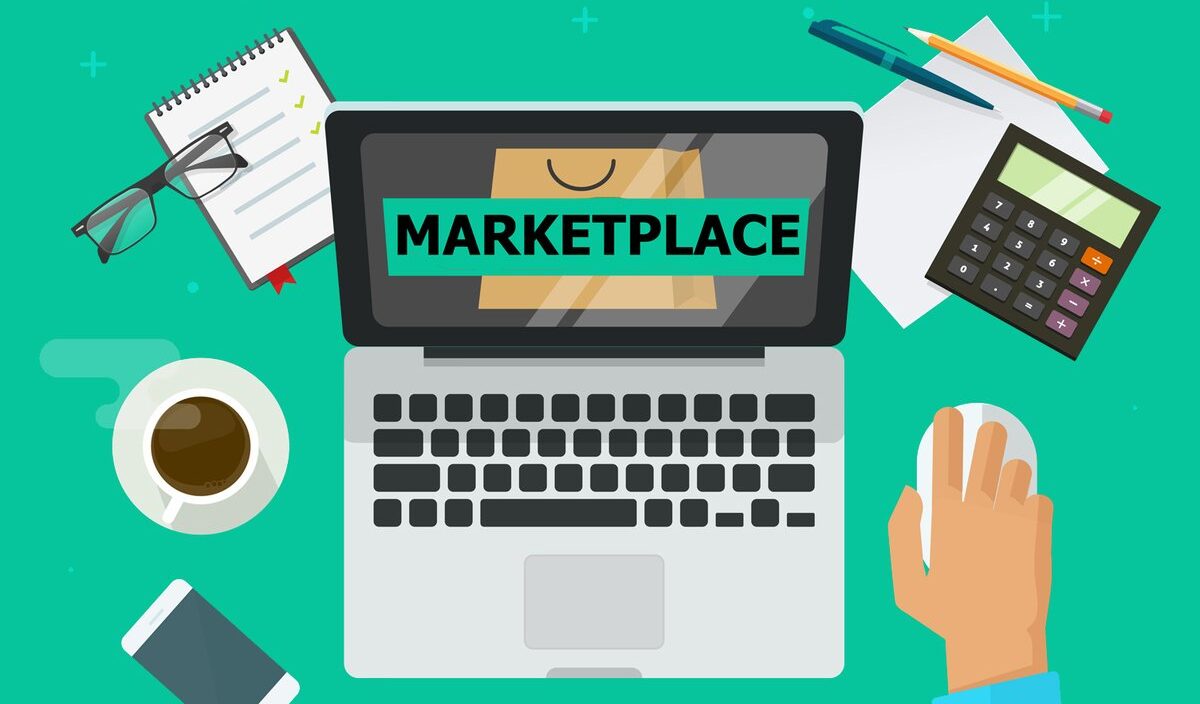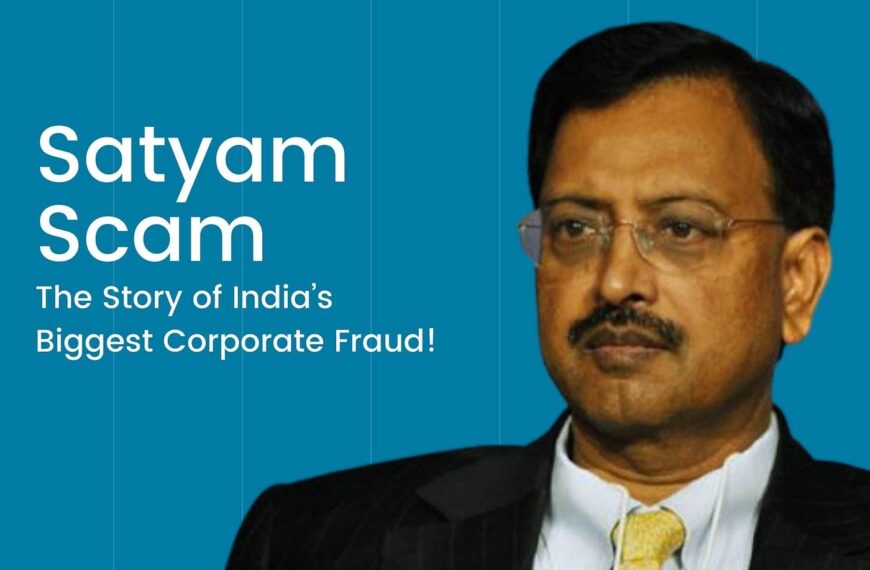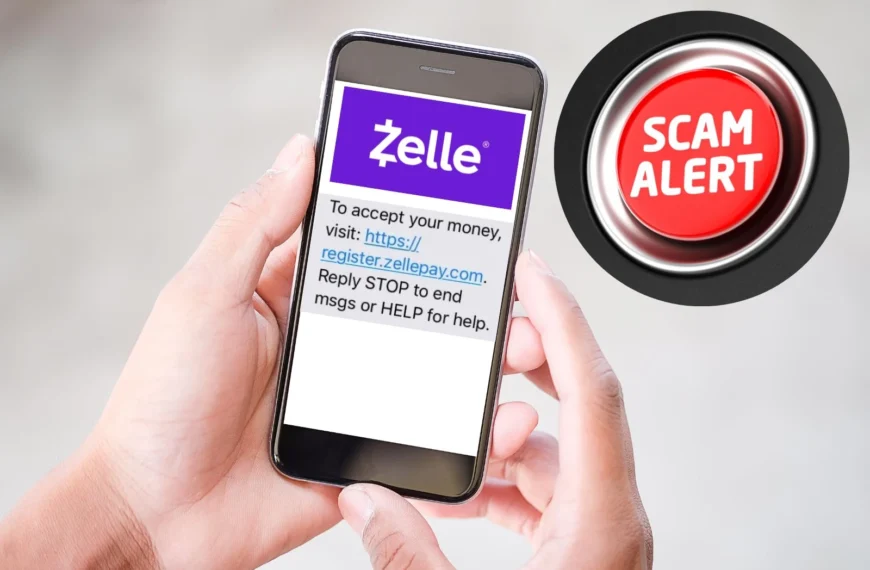Online marketplaces have revolutionized the way we shop, offering convenience and competitive pricing. However, as these platforms grow, so does the risk of encountering scams. This comprehensive guide delves into what online marketplace scams are, how to spot them, and the essential measures you can take to protect yourself.
What Are Online Marketplace Scams?
Online marketplace scams occur when fraudsters exploit e-commerce platforms to deceive buyers and sellers. These scams can take many forms, including fake listings, non-delivery of goods, payment fraud, and phishing attacks. Scammers often use convincing profiles, attractive deals, and social engineering tactics to lure unsuspecting users into parting with their money or sensitive information.
Common Types of Online Marketplace Scams
Understanding the different types of scams is the first step in safeguarding your online transactions. Here are some prevalent scams to watch out for:
1. Fake Listings and Counterfeit Products
- Description: Scammers post listings for high-demand or luxury items at unbelievably low prices.
- Red Flags: Lack of detailed product descriptions, stock images instead of original photos, and vague seller information.
2. Non-Delivery or “Bait and Switch”
- Description: A seller accepts payment for an item that is never delivered, or a completely different, often inferior, item is sent.
- Red Flags: Unresponsive communication post-purchase and promises of expedited shipping without credible tracking.
3. Phishing Scams
- Description: Fraudsters mimic official marketplace communication to trick you into revealing personal data or login credentials.
- Red Flags: Unsolicited emails or messages with links that ask for sensitive information, and URLs that don’t match the official website.
4. Overpayment Scams
- Description: A scammer might send a payment exceeding the agreed amount and ask for a refund of the difference.
- Red Flags: Unusual payment behaviors and requests to refund money before verifying the legitimacy of the original payment.
How to Spot Online Marketplace Scams
Being vigilant is key. Here are detailed strategies to help you spot potential scams:
1. Examine Seller Profiles and Reviews
- Verify Authenticity: Check for verified seller badges, detailed profiles, and a history of positive reviews.
- Read Feedback: Look for patterns in reviews. Multiple complaints about non-delivery or poor product quality are strong indicators of a scam.
2. Scrutinize the Listing
- Detailed Descriptions: Authentic listings provide detailed product information, including clear photos and specifications.
- Price Comparisons: Be wary of deals that seem too good to be true. Compare prices with similar items on reputable sites.
3. Check Payment Methods
- Secure Options: Legitimate sellers typically offer secure payment gateways. Avoid transactions that require unconventional payment methods like wire transfers or cryptocurrency without buyer protection.
- Encryption and URLs: Ensure the website’s URL starts with “https://” and shows a padlock icon, indicating secure encryption.
4. Monitor Communication Channels
- Direct Communication: Use official messaging systems provided by the marketplace rather than personal emails or phone numbers.
- Suspicious Requests: Be cautious if a seller requests that you bypass the platform’s communication or payment system.
5. Research the Seller’s Reputation
- External Verification: Look up the seller’s name or business on search engines and review sites to see if there are any reported scams or negative feedback.
Measures to Avoid Online Marketplace Scams
Prevention is always better than cure. Implement these measures to protect yourself when shopping online:
1. Use Trusted and Reputable Platforms
- Stick to Well-Known Marketplaces: Platforms like Amazon, eBay, or Etsy often have robust fraud prevention measures.
- Official Mobile Apps: Use the official mobile apps provided by the marketplace to ensure enhanced security features.
2. Opt for Secure Payment Methods
- Credit Cards and PayPal: These payment methods offer buyer protection, making it easier to dispute fraudulent transactions.
- Avoid Direct Bank Transfers: Direct transfers typically lack the protection that credit cards or payment processors offer.
3. Keep Personal Information Secure
- Minimal Data Sharing: Only provide the necessary information required for the transaction.
- Strong Passwords: Use unique, strong passwords for your marketplace accounts and update them regularly.
4. Enable Two-Factor Authentication (2FA)
- Extra Layer of Security: 2FA adds an extra step to verify your identity, reducing the risk of unauthorized account access.
5. Regularly Monitor Your Accounts
- Review Statements: Frequently check your bank and credit card statements for any unauthorized transactions.
- Alert Systems: Sign up for account alerts on transactions or login attempts to quickly identify suspicious activities.
6. Educate Yourself on Scams
- Stay Informed: Follow news and updates on the latest online scams and fraud tactics.
- Community Feedback: Join online communities or forums where users share their experiences and tips on avoiding scams.
Additional Tips for Online Safety
Beyond avoiding scams in online marketplaces, consider these additional online safety measures:
- Use Antivirus Software: Protect your devices with up-to-date antivirus and anti-malware software.
- Secure Your Network: Use a secure Wi-Fi network and avoid public Wi-Fi for financial transactions.
- Backup Important Data: Regularly backup important files to reduce the impact of any cyber attack.
- Report Suspicious Activity: If you suspect a scam, report it immediately to the marketplace and relevant authorities. This not only helps you but also protects other users.
Conclusion
Online marketplace scams are a growing threat in our digital age, but with the right knowledge and precautions, you can significantly reduce your risk of falling victim. By carefully examining seller profiles, scrutinizing listings, and adopting secure payment practices, you can create a safer online shopping environment. Stay vigilant, keep informed, and never hesitate to report suspicious activities. Protect yourself and contribute to a more secure online marketplace for everyone.
Remember, a cautious approach and staying informed are your best defenses against online scams. Stay safe and happy shopping!
Implementing these strategies not only safeguards your transactions but also enhances your overall online experience. Share this guide with friends and family to help build a community of informed and secure online shoppers.














